How extraordinary is it that these two little sports cars, one pretty and delicate, the other more pugnacious and purposeful, span a third of the entire production history of Lotus Cars?
It’s extraordinary for me, because I remember the beginning so well: a secret road trip right at the start of 1996 (it might even have been the end of 1995) with a talented young chassis developer called Matt Becker (now chief engineer of vehicle attribute engineering at Aston Martin) and an amazing new Lotus.
It’s also extraordinary because if you look at Lotus 25 years before the Elise was born, you will find that its model range included the original Elan and Europa, which feel like ancient history. And 25 years before that, Lotus didn’t exist.
So there was only ever going to be one place to drive them: the Hethel test track on which both were developed, outside the factory in which both were built. But what, exactly, do we have here?
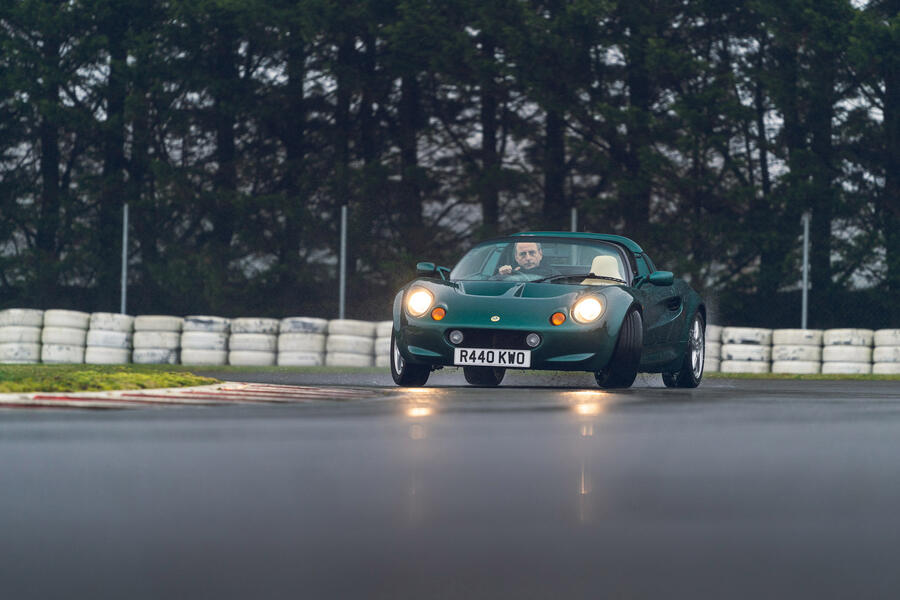
The blue Elise is one of the last: a run-out special called the Sport 240 Final Edition. These days there’s no such thing as an entry-level Elise, the normally aspirated 1.6-litre car having been discontinued in 2018. There are just two: the Sport 220, costing £41,496, and the track-day-oriented Cup 250 for £49,595.
That sounds a lot, considering the first Elise went on sale in 1996 for £18,950, but not when you consider the additional 100bhp of even the Sport 220 and the fact that £18,950 back then is roughly £37,000 today.
The Sport 240 is priced at £45,500 and production is limited only by the number of people who order one before the autumn, when, as we’ve already reported, the Elise and its Exige and Evora siblings will die to make way for a new sports car known today only as the Type 131.

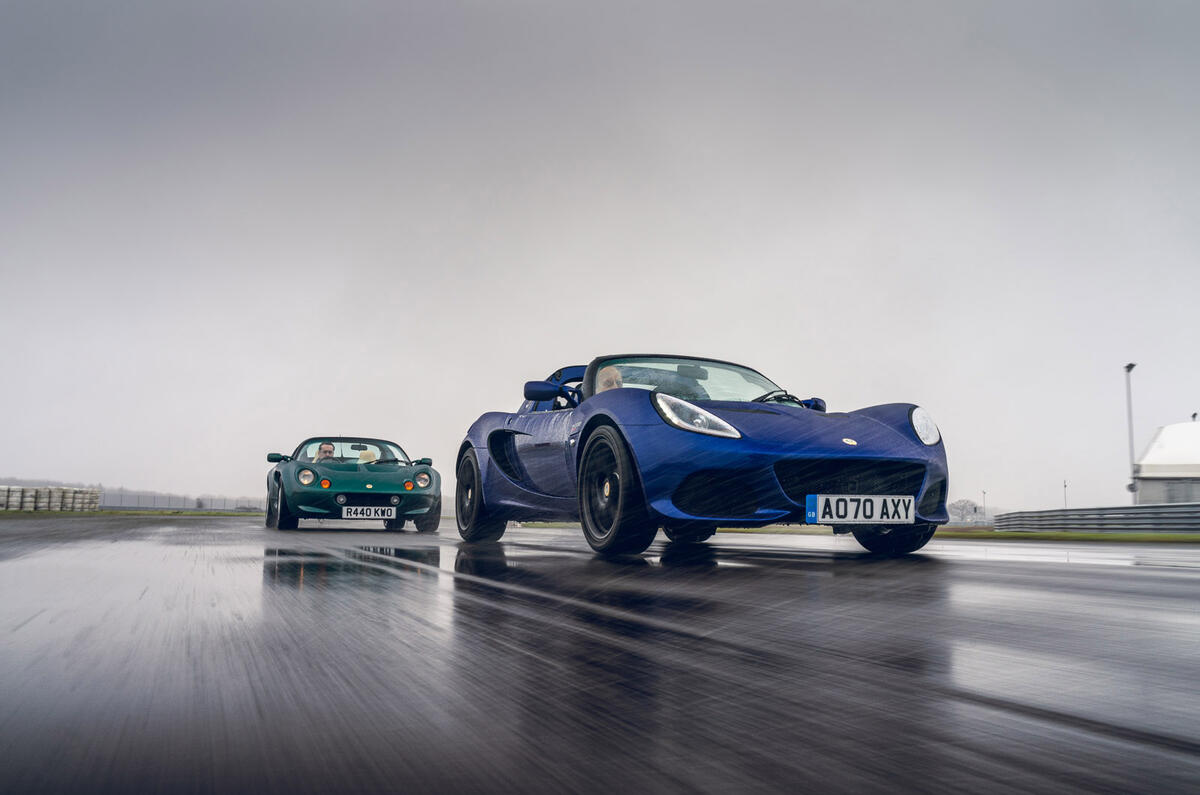
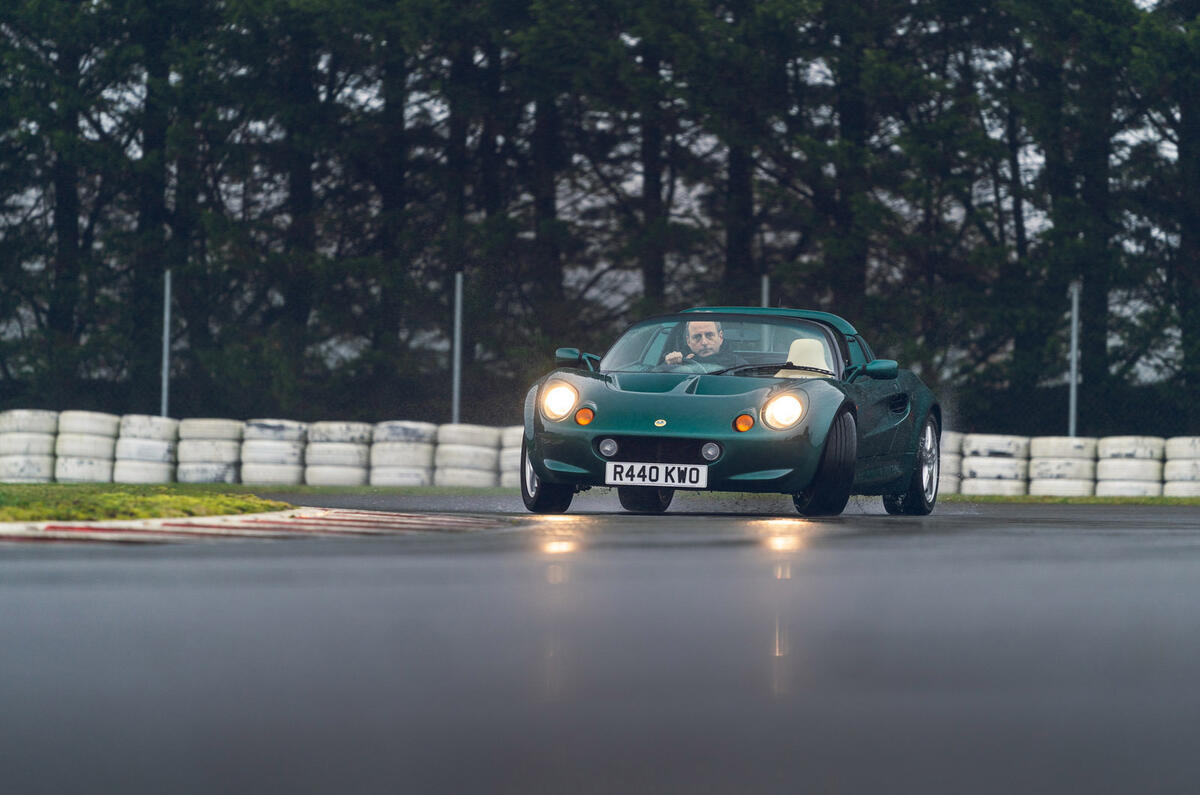
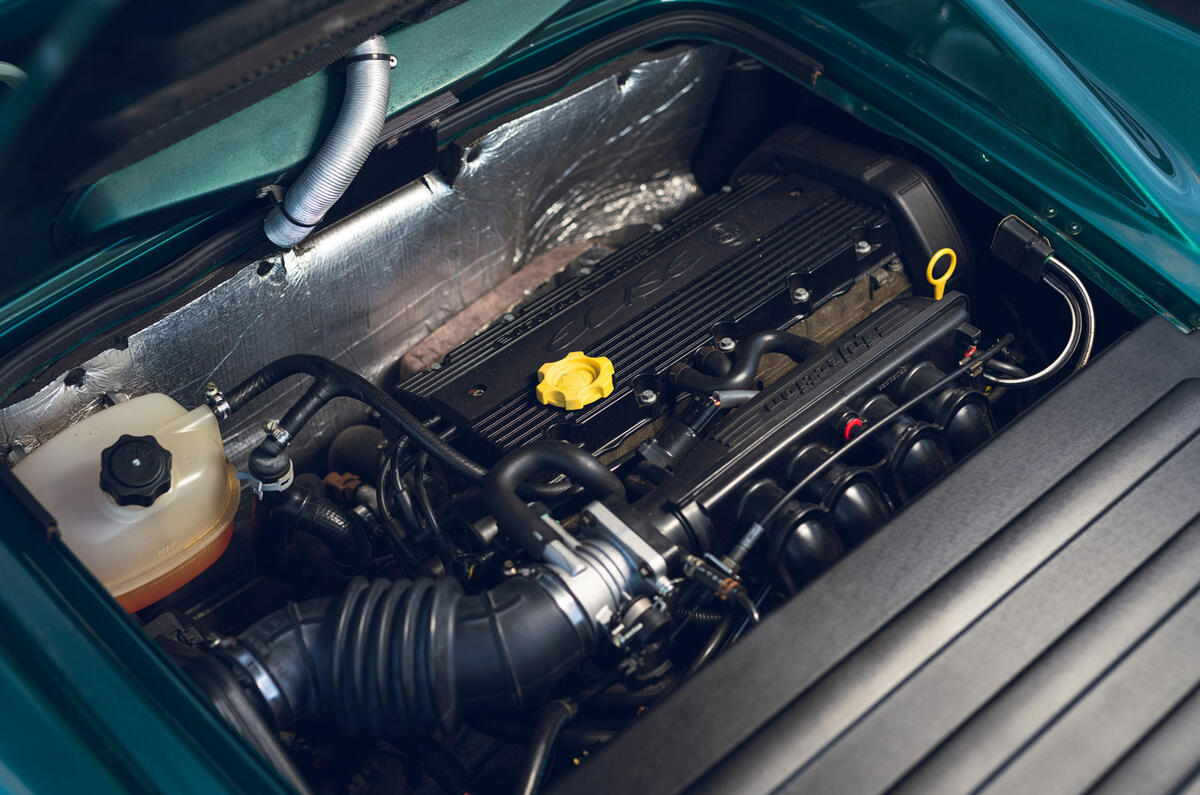
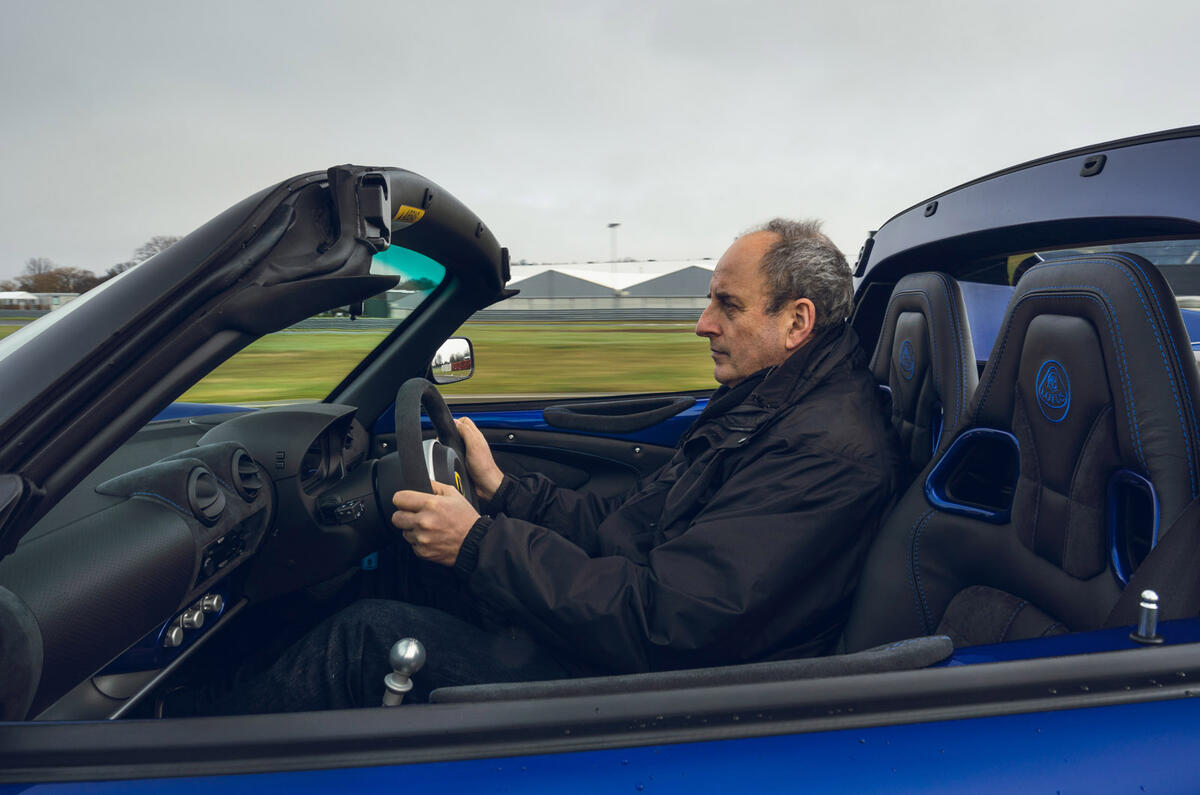
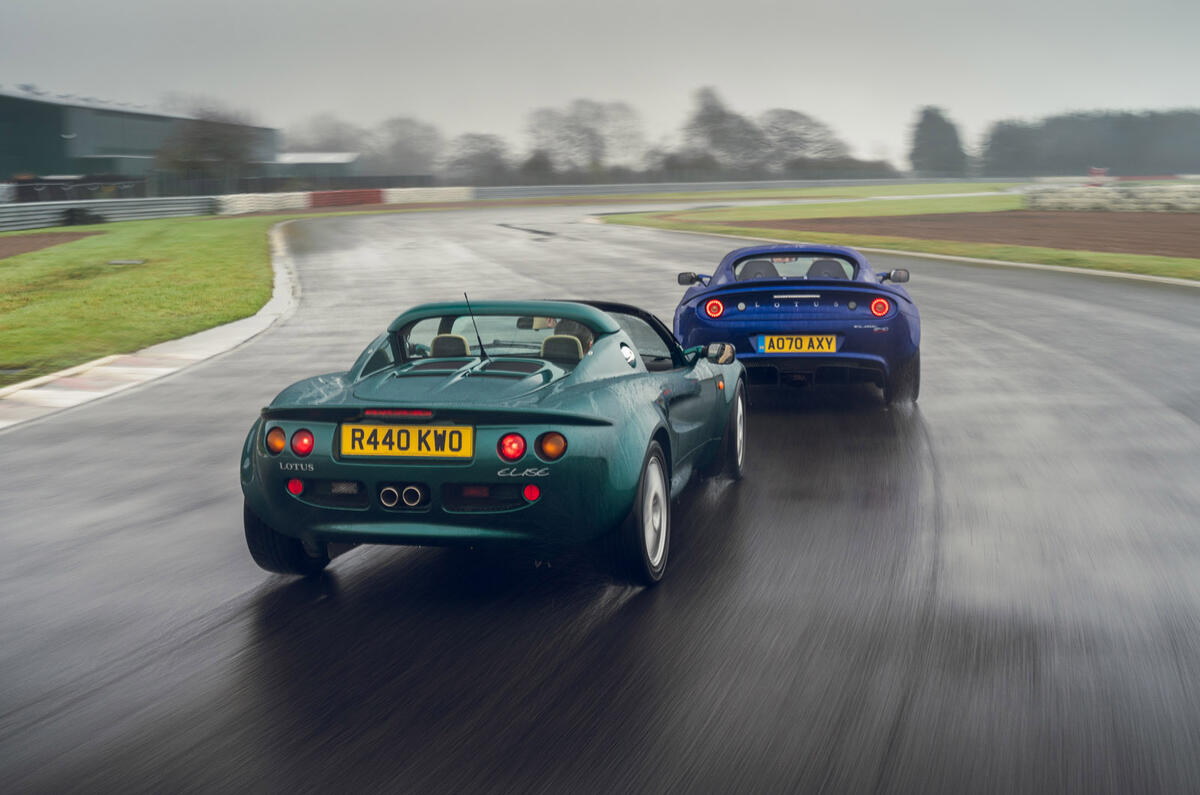
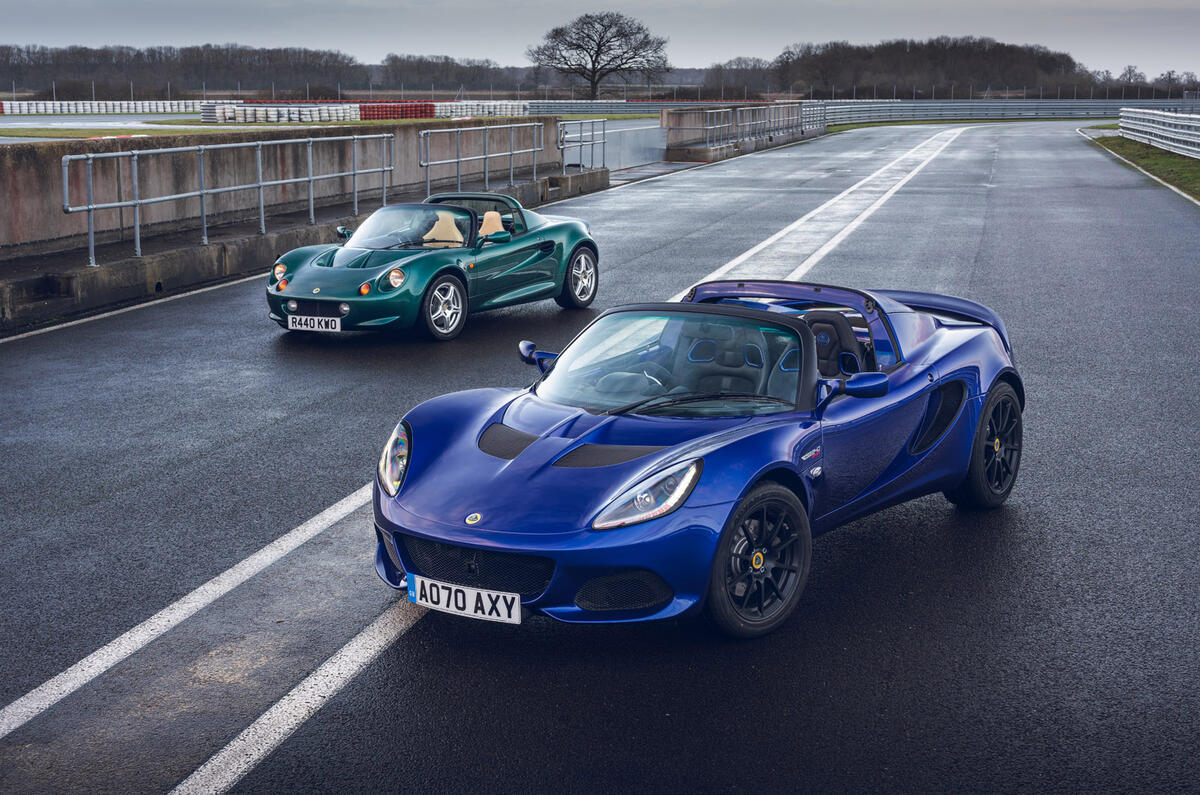

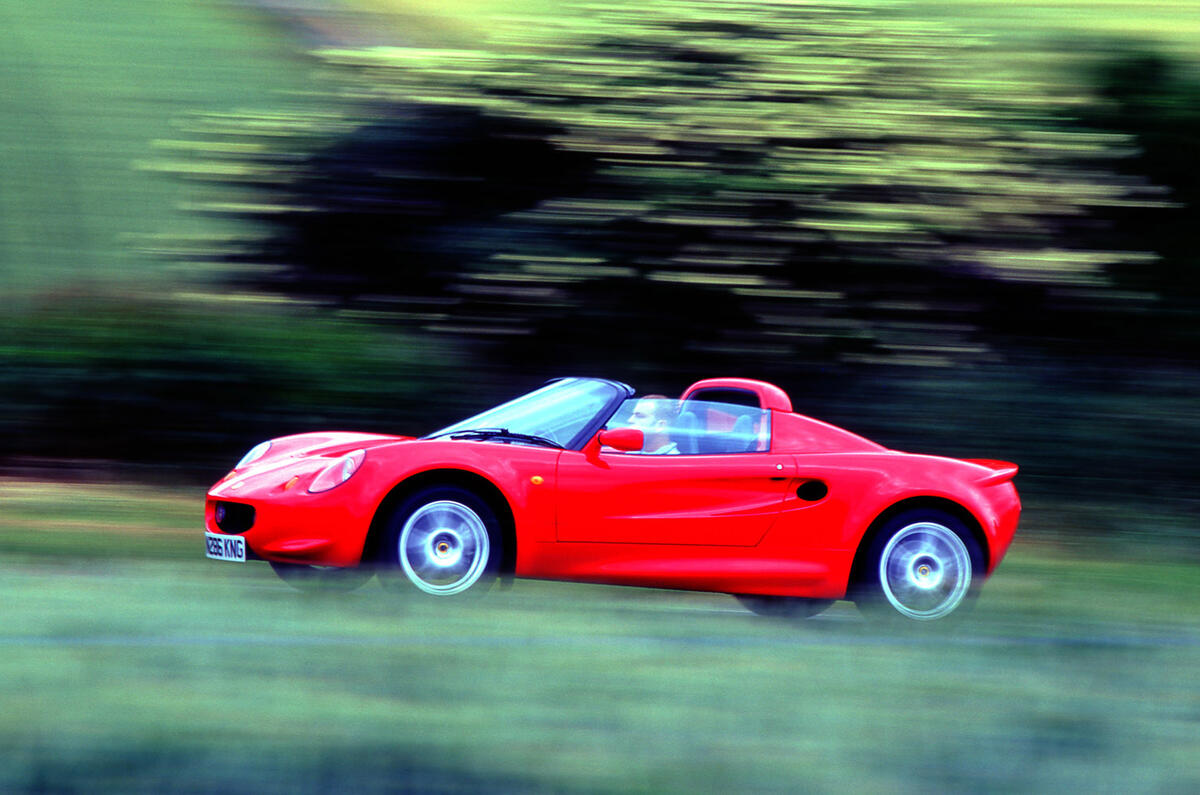
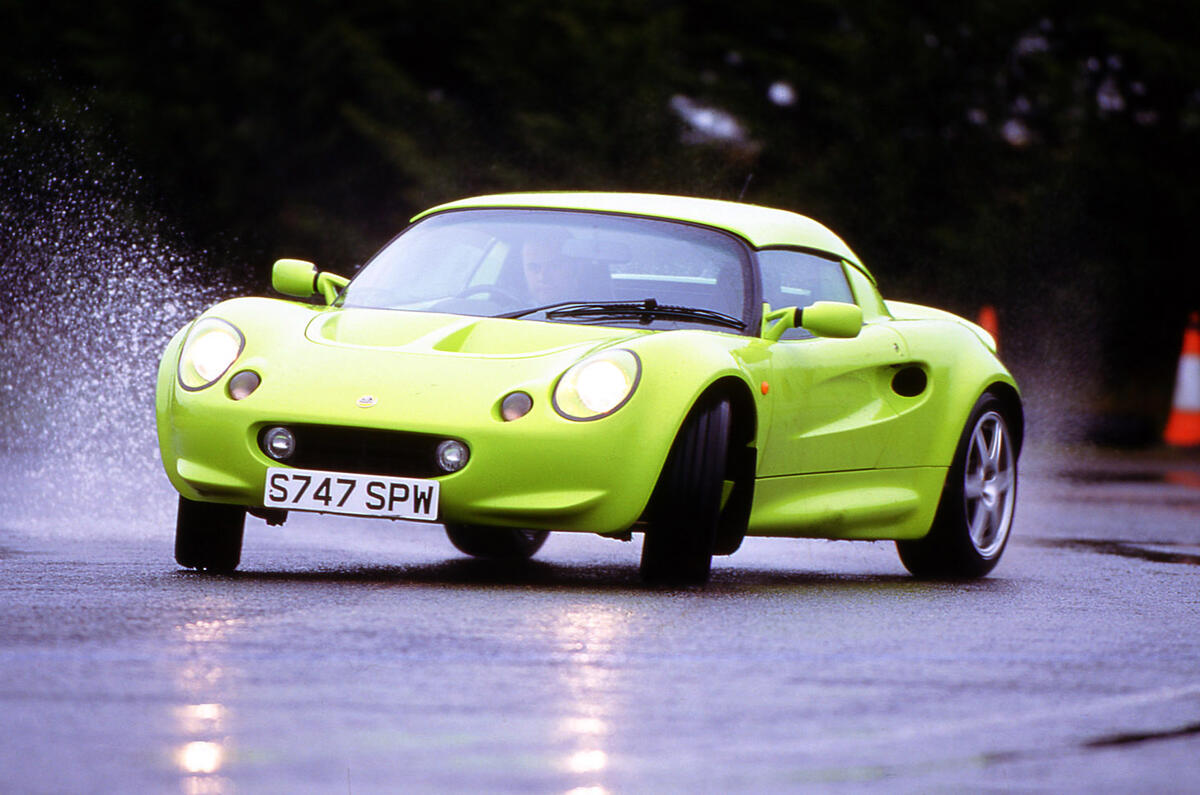
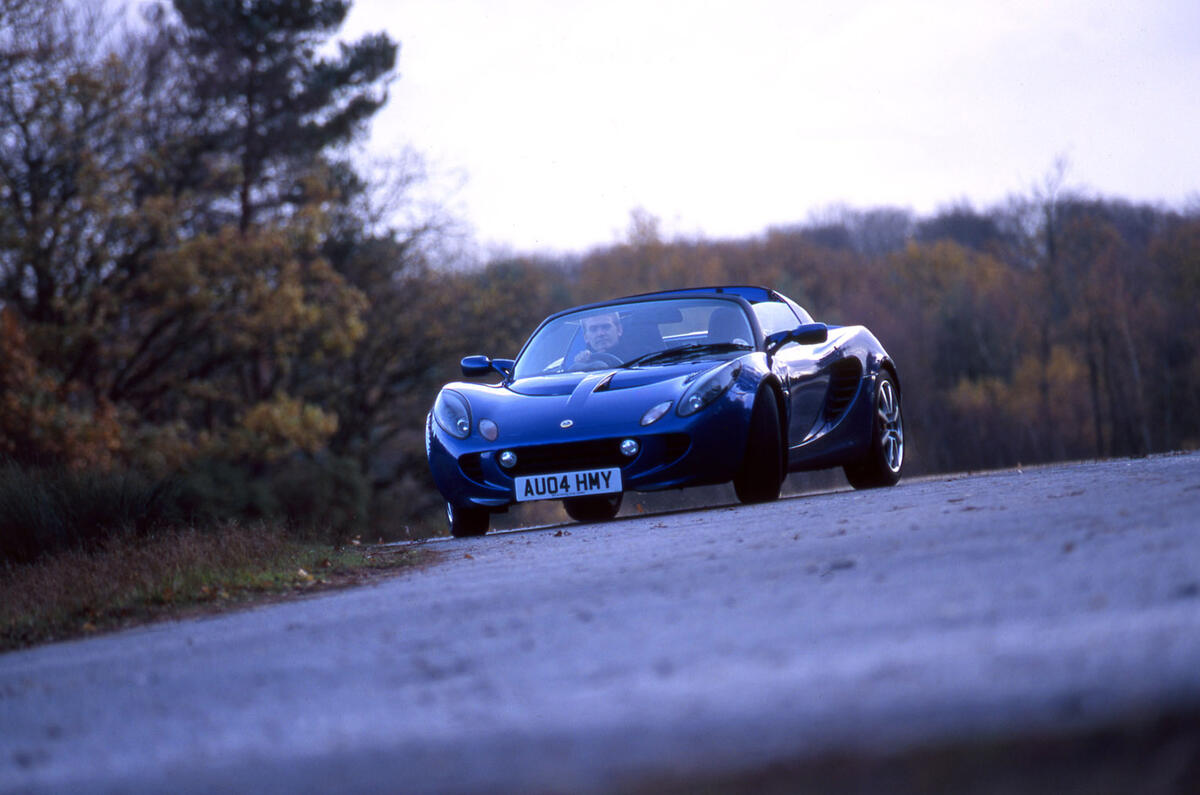
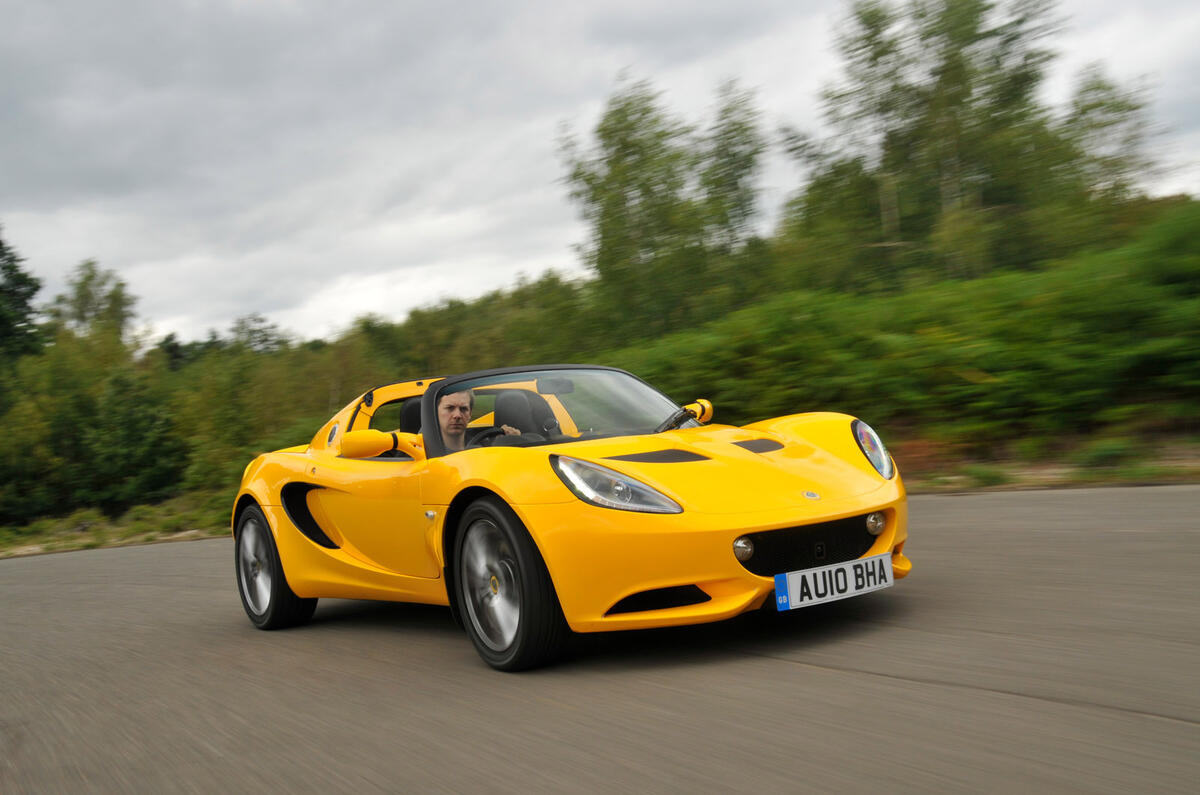
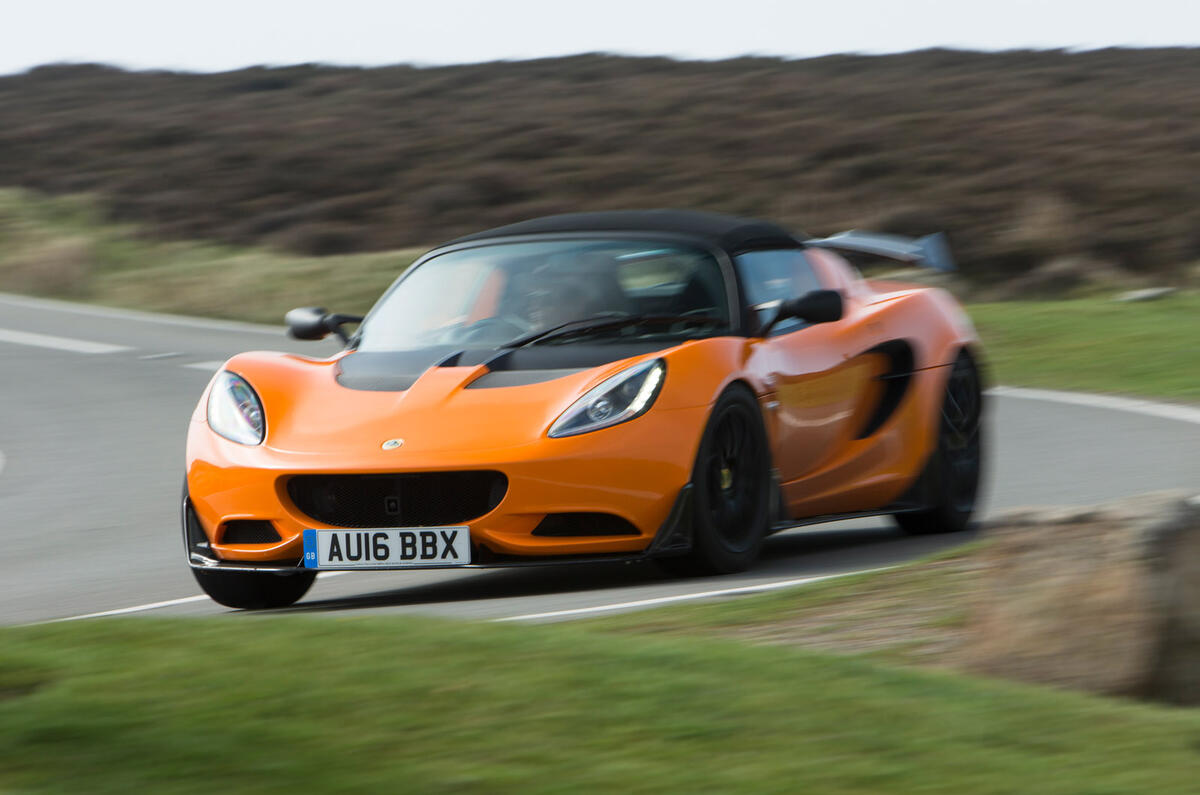
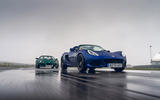























Add your comment